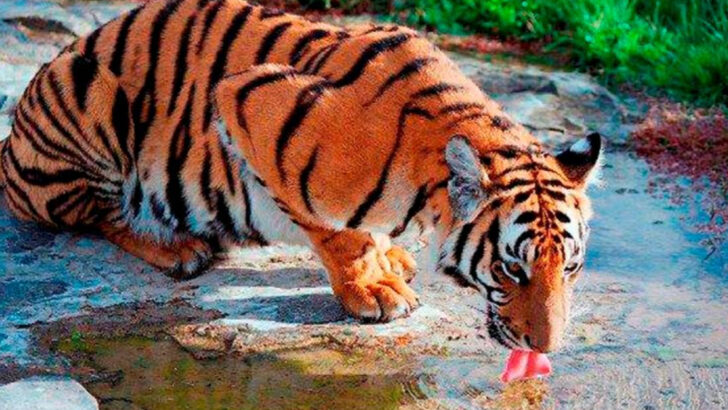The tiger may be one species—but not all tigers were created equal.
Some were brawlers.
Some were beasts.
And a few? Absolute legends.
We’re talking about subspecies so powerful, they could take down prey twice their size, survive brutal climates, and rule entire territories with sheer muscle.
From the snow-blasted wilderness to sun-scorched jungles, these tigers weren’t just strong—they were monsters.
Ready to meet the fiercest stripes to ever stalk the Earth? These 13 tiger subspecies raised the bar—and some broke it entirely.
Bengal Tiger

In the lush jungles of India, the Bengal Tiger reigns supreme. Known for its strength and agility, this subspecies is a master of stealth. Its striking orange coat with black stripes camouflages perfectly with the forest foliage.
Bengal Tigers are not only fierce hunters but also exhibit a curious intellect, often observed in their strategic hunting methods. The males can grow incredibly large, sometimes weighing up to 500 pounds, making them formidable predators.
Did you know? These tigers have a roar that can be heard up to two miles away, a testament to their commanding presence.
Siberian Tiger
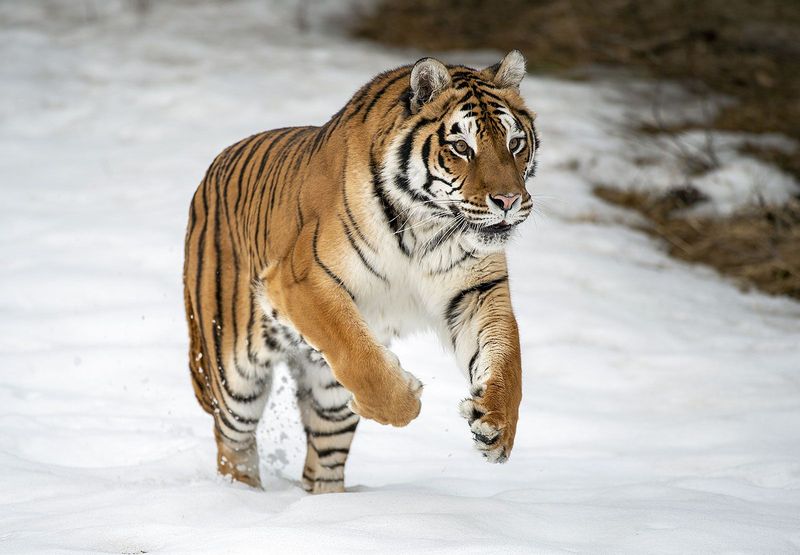
Enduring the harsh Siberian winters, the Siberian Tiger stands as a symbol of resilience. Its thick fur and layer of fat provide insulation against the cold. These tigers are the largest of their kind, with males weighing up to 660 pounds.
Their pale orange coat and fewer stripes set them apart from other subspecies. In the face of adversity, their survival instincts are unparalleled.
Fun fact: Despite their massive size, Siberian Tigers are surprisingly agile and can run at speeds of up to 37 miles per hour when chasing prey.
Sumatran Tiger

In the rainforests of Sumatra, the Sumatran Tiger’s smaller stature becomes an advantage. These tigers are known for their dark, closely-set stripes which provide excellent camouflage.
Their agile bodies make them adept climbers, a trait less common in other subspecies. This agility aids them in navigating the dense jungle terrain.
Interestingly, their whiskers are longer than other tigers, helping them sense their surroundings. Conservation efforts are in place to protect these tigers from the brink of extinction.
Indochinese Tiger
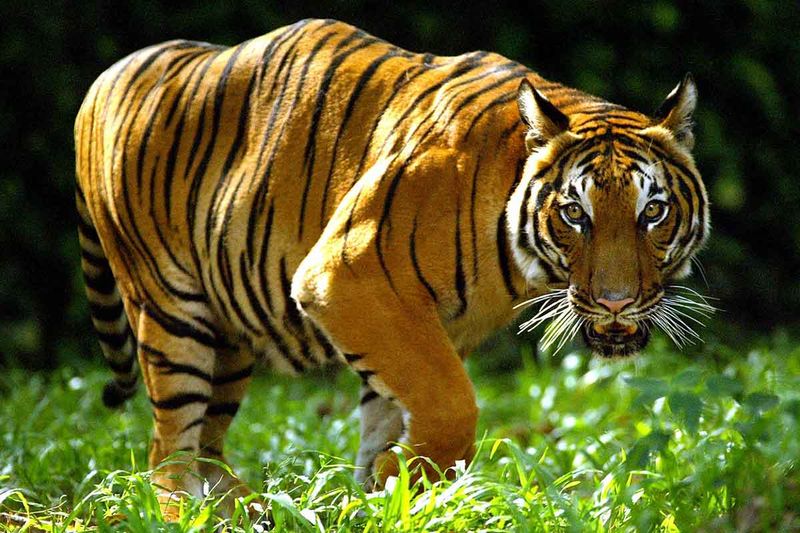
The Indochinese Tiger, with its distinct golden hue, prowls the rainforests of Southeast Asia. Known for its solitary nature, it is a master of camouflage.
These tigers are often smaller and more secretive than their relatives, making sightings rare and special. Their intricate stripe pattern helps in blending into the thick undergrowth.
Remarkably, they are adept swimmers, often crossing rivers in search of prey. Threatened by habitat loss, concerted efforts are ongoing to secure their future.
Malayan Tiger
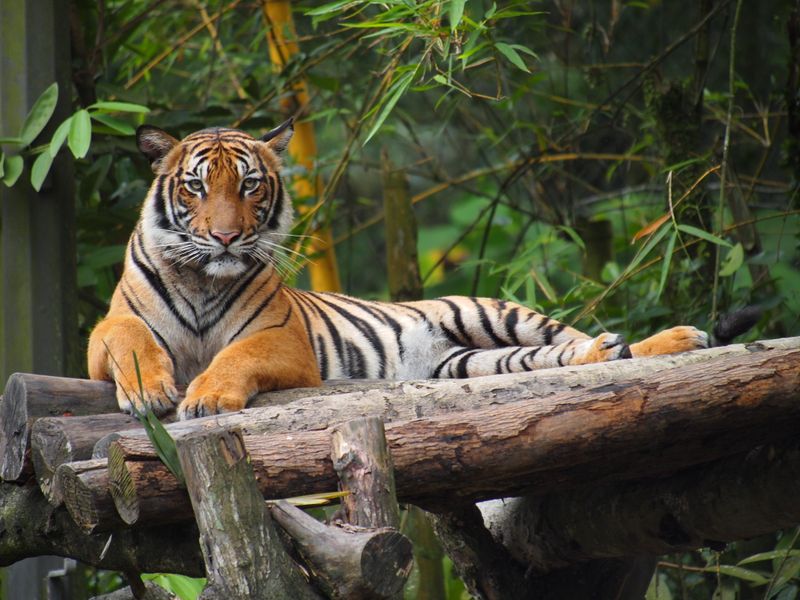
In Malaysia’s verdant forests, the Malayan Tiger roams with an air of mystery. This subspecies is smaller, yet its sleek coat and narrow stripes offer a unique beauty.
Their elusive nature adds to their allure, often seen as a symbol of courage. These tigers are excellent swimmers, often seen in the water to cool down or stalk prey.
Did you know? The Malayan Tiger’s roar is a sign of territorial dominance, echoing through the forests as a warning to rivals.
South China Tiger
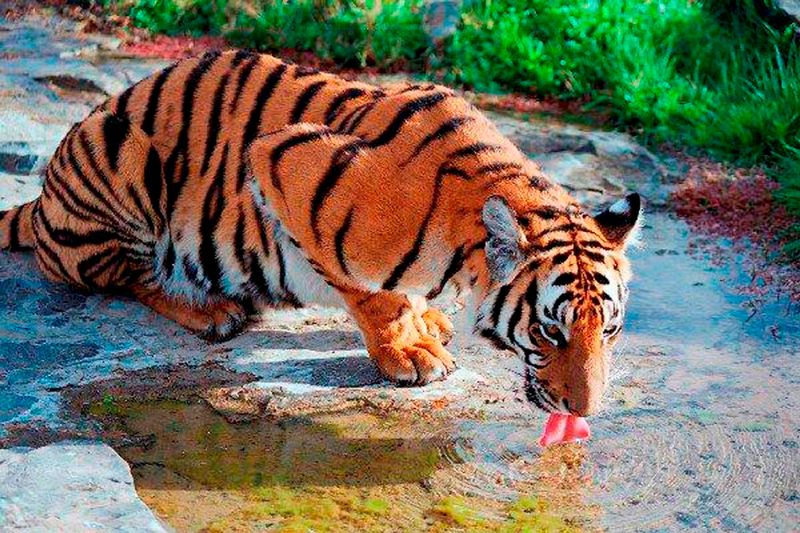
Once roaming the forests of China, the South China Tiger now stands on the brink of extinction. Known for its unique short, broad face and compact body, it has captivated many.
These tigers once thrived in various habitats, from mountains to forests, showcasing incredible adaptability. Their muscular build aided in taking down large prey.
An interesting fact: This tiger is thought to be the ancestor of other tiger subspecies, carrying a significant genetic lineage.
Caspian Tiger
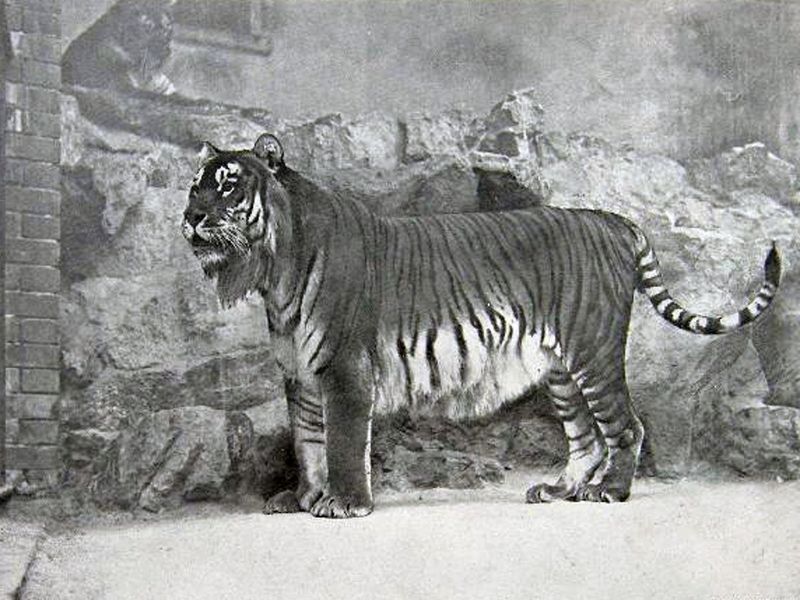
The now-extinct Caspian Tiger once roamed the vast terrains of Central Asia. Known for its long legs and thick fur, it was well-adapted to cold climates.
These tigers were agile hunters, capable of taking down prey much larger than themselves. Their extinction is a reminder of the fragile balance of nature.
Intriguingly, their genetic makeup shows similarities to the Siberian Tiger, offering insights into their evolutionary history.
Javan Tiger
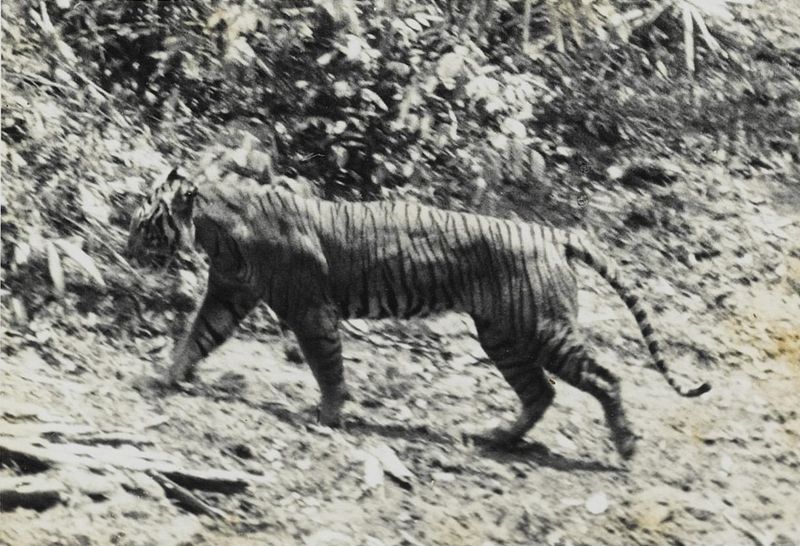
The Javan Tiger, now unfortunately extinct, was a vibrant symbol of Java’s dense forests. Its small size made it an adept hunter in the thick foliage.
They were known for their fiery, independent nature, often seen stalking through the jungles with ease. Their striking coat was a thing of beauty.
Fun fact: Despite its extinction, reports of sightings persist, fueling hope and mystery in the conservation world.
Bali Tiger
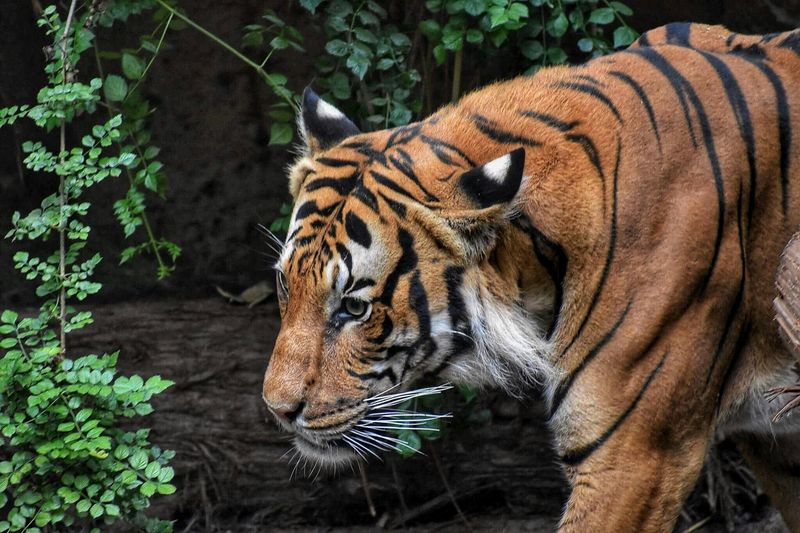
On the idyllic island of Bali, the Bali Tiger once thrived. This subspecies was the smallest of the tigers, yet its presence was felt across the island.
Their striking coat and smaller size made them an enchanting sight. Although they are now extinct, their legacy continues to captivate the imagination.
Did you know? This tiger’s extinction was primarily due to hunting and habitat loss, a poignant reminder of the impact of human activity.
Korean Tiger

In the rugged mountains of Korea, the Korean Tiger once roamed with unrivaled prowess. Its thick fur provided warmth against the chilly winds.
These tigers were revered in Korean culture, often seen as guardians of the mountains. Their keen eyes and powerful frame adapted them perfectly to their environment.
Cultural fact: The Korean Tiger is a symbol of courage and strength, often featured in traditional Korean art and stories.
Formosan Tiger

The elusive Formosan Tiger, believed to have once inhabited Taiwan, is now shrouded in mystery. Its lithe body and narrow face were perfectly adapted to dense forests.
These tigers were known for their stealth and agility, traits that made them formidable hunters.
Although officially declared extinct, local folklore often speaks of their sightings, adding an element of mystique to their story.
Ngandong Tiger
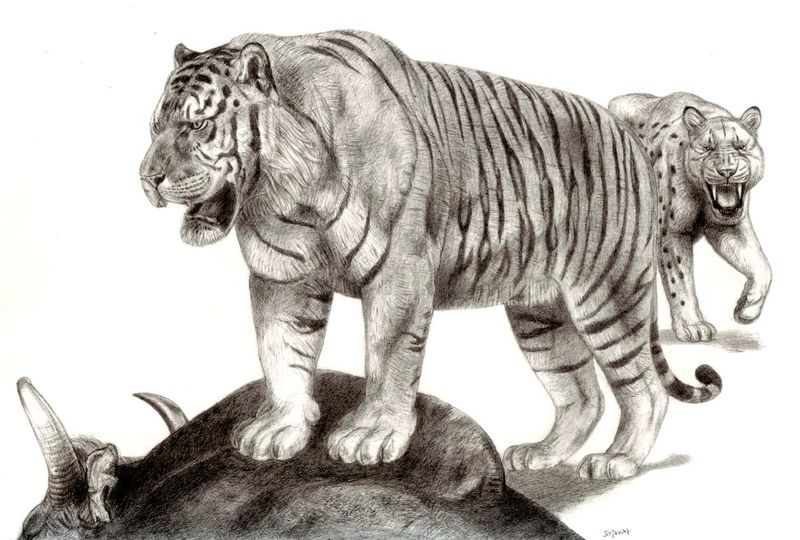
The Ngandong Tiger, a majestic predator from the Pleistocene era, once roamed the dense forests of Java. Known for its formidable size, it was one of the largest tiger subspecies ever recorded.
This tiger’s robust build and powerful jaws made it an apex predator, ruling the ecosystem it inhabited.
Despite its strength, the Ngandong Tiger’s extinction remains a mystery. Its legacy lives on in fossil records, offering a glimpse into a past where such formidable creatures thrived.
Did you know? The Ngandong Tiger’s fossils were first unearthed in the early 20th century, sparking intrigue and fascination among paleontologists.
Bornean Tiger

The Bornean Tiger, often shrouded in mystery, once roamed the lush jungles of ancient Borneo. This elusive subspecies was celebrated for its sleek fur and piercing eyes that seemed to penetrate the soul.
Its agility and speed were unmatched, allowing it to become a proficient hunter in dense forests.
Unfortunately, the Bornean Tiger eventually vanished, leaving behind tantalizing tales of its existence.
Legend has it that this tiger could move silently through the jungle, a testament to its stealth and prowess. Fossils occasionally surface, reviving interest in its storied past.

